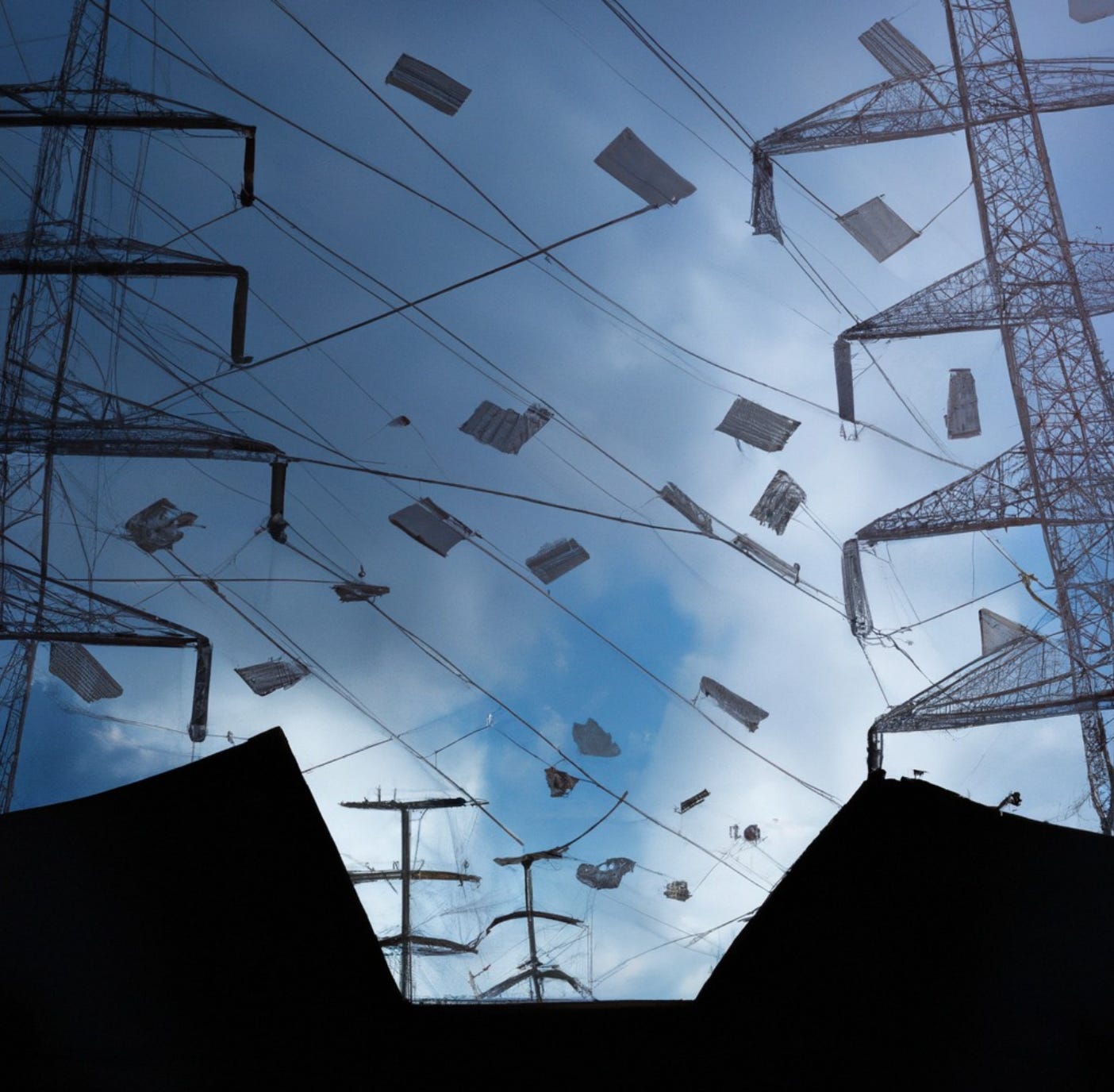Over the past 50 years, there has been an average of one natural disaster per day.
This summer, deadly floods across China, Turkey, the United States, and Europe have shuttered cities and exposed the world’s critically unprepared infrastructure. This means a daily average loss of 115 lives and about 202 million dollars. This represents a fivefold increase in the number of disasters since the 1970s — economic losses increased sevenfold — driven by more and more extreme weather events.
Developing countries, which often have less resilient infrastructure, have been disproportionately harmed, accounting for more than 91% of the recorded deaths.
Those paragraphs probably belong in the Edifice hall of depression-fame, but there is light at the end of this proverbially flooded tunnel.
Multilateral Development Banks (MDBs) — the biggest international funders of infrastructure — understand this grim reality and are working very hard to address it. Their solution is mostly a firehose of funding directed at measures that they say will help us both mitigate and adapt to climate change. However, the evaluation standards for an “environmentally friendly” project don’t account for the most effective solutions and, instead, distract from where funding needs to be directed.
The MDB methodology for tracking climate change adaptation finance is based on a three-step qualitative and extremely opaque process:
Identify the project's vulnerability context concerning climate change.
Clearly state the intention to address this vulnerability within the project.
Establish a direct link between the vulnerability and specific project activities.
Current evaluation standards do not incorporate the diverse knowledge and resources needed to address the complexity of interconnected climate issues. As a result, the evaluation process misses and ignores crucial elements of climate adaptation.
Cumulatively, all the development banks gave ~$17 billion to climate projects in low and middle-income countries. While this is a lot, it is still $53 billion short of what would have been needed in 2021, and $173 billion short of what will be needed by 2030.
But it’s a start! With new pledges, financing schemes, and private investment it is certainly possible to reach the goal. The real question is, where does all this money go?
Where does the money go?
The elaborate machinery of multinational institutions is slowly shifting. The Asian Infrastructure Investment Bank now centers its strategy on “infrastructure for tomorrow,” which means funding projects that focus on “sustainability” at their foundation. The Asian Development Bank is pushing the “Innovative Finance Facility for Climate in Asia and the Pacific,” by focusing on projects that will reduce emissions and will be resilient to future disasters. The World Bank is reorienting around the “Climate Change Action Plan,” also striving to improve adaptation and reduce emissions.
Banks are responsible for building and rebuilding protections against disasters i.e. assembling water reservoirs and desalination plants to guarantee water security in arid areas of the world, or constructing storm surge barriers, levees, and firebreaks.
All of the MDBs use the standards outlined in the Joint Report on MDB Climate Finance and this methodology has banked some questionable “climate” projects. The examples presented in the annual report are sparse on details and do not include the specific countries or institutions that received the funding.
In 2021, an MDB gave a $242 million Covid-relief loan to the National Development Bank of an unnamed country for “institutional capacity reform.” Of this, $35 million was earmarked for better “integrating climate risks and vulnerabilities in procedures related to export financing.” The report does not outline what this actually entails or how it helps the country adapt to climate change.
In 2022, an MDB gave a small island nation $17 billion to rebuild clinics and hospital services. Because storms have destroyed public hospitals on the island in the past (only roof damage is noted), the investment was considered “a mitigation and adaptation contribution.”
Other projects the MDBs have funded included a lot of general policy support, sustainable refrigerator manufacturing plants, photovoltaic plants, municipal organic waste, and data centers.
There are two problems with this. First, these projects qualify under the rubric of “climate finance,” but are not actually leading to climate adaptation. Second, the projects that can lead to adaptation (natural solutions or relocating communities to safer areas) do not qualify as “climate finance” and are not considered “infrastructure.”
The “Joint Report” itself mentions the limitations of the existing methods, noting on page 13 [emphasis added].
adaptation finance reported might not capture certain activities that might contribute significantly to resilience but cannot always be tracked in quantitative terms (for example, operational procedures that support adaptation to climate change) or might not be associated with costs (such as siting assets outside flood-prone areas).”
MDBs are molding climate adaptation to fit into the spaces in which financial investment can have a tangible outcome. Adaptation, as a result, really only means traditional infrastructure — including the infrastructure that puts people at risk of the same disasters MDBs are supposed to be saving them from. The softer-sounding methods like nature-based solutions and community relocation lend themselves to more permanent adaptation, and they undoubtedly could use more funding to be done effectively. And yet, they exist outside of quantification, and therefore beyond the reach of the world’s biggest bank accounts.




